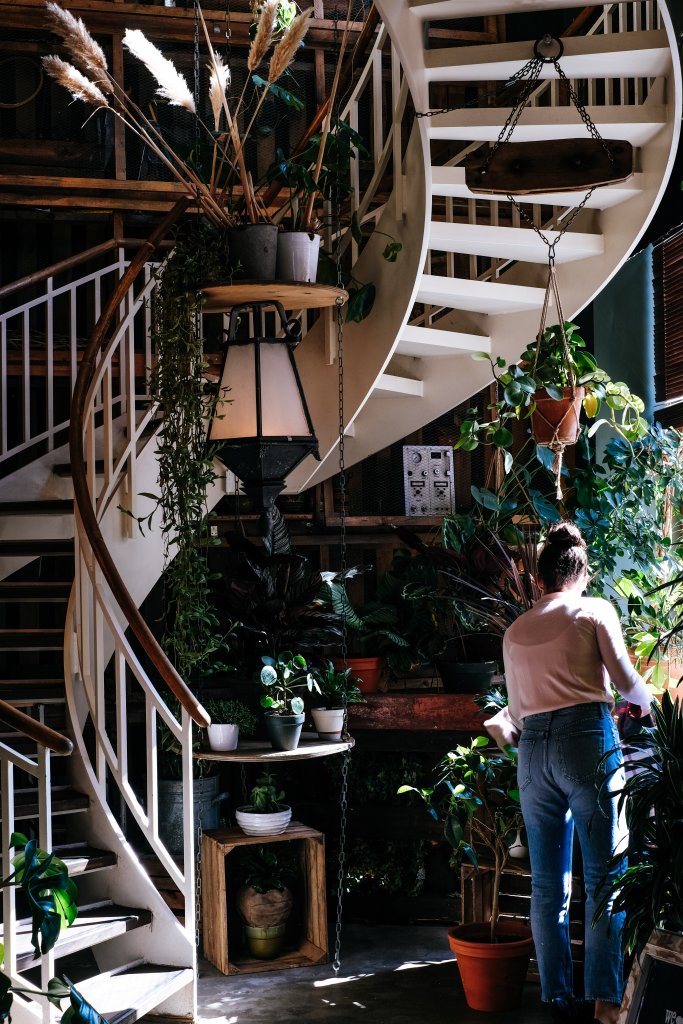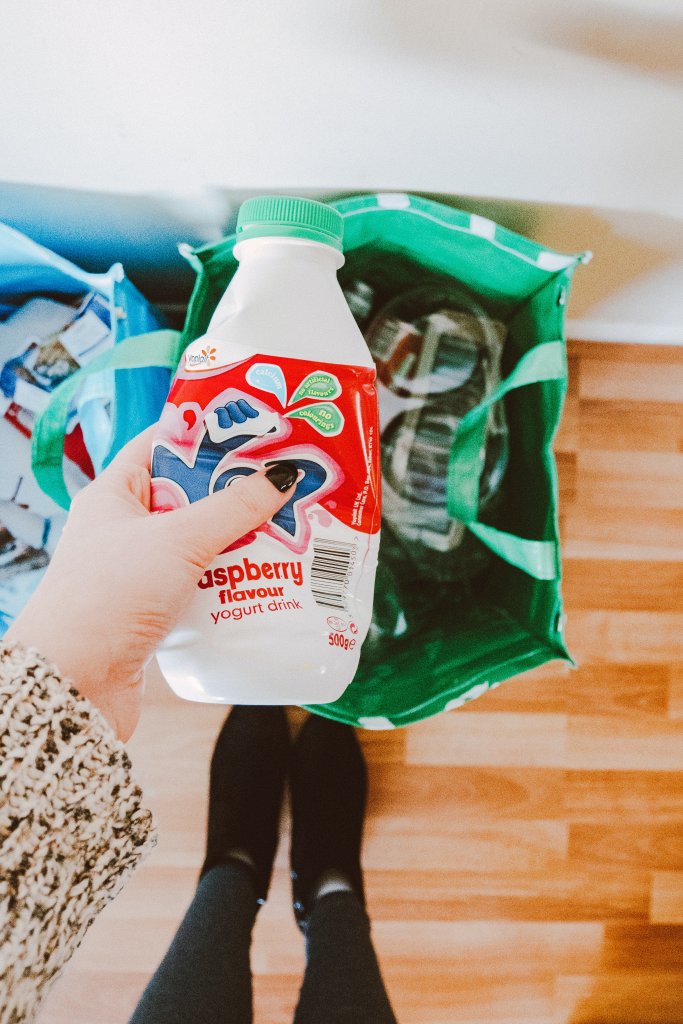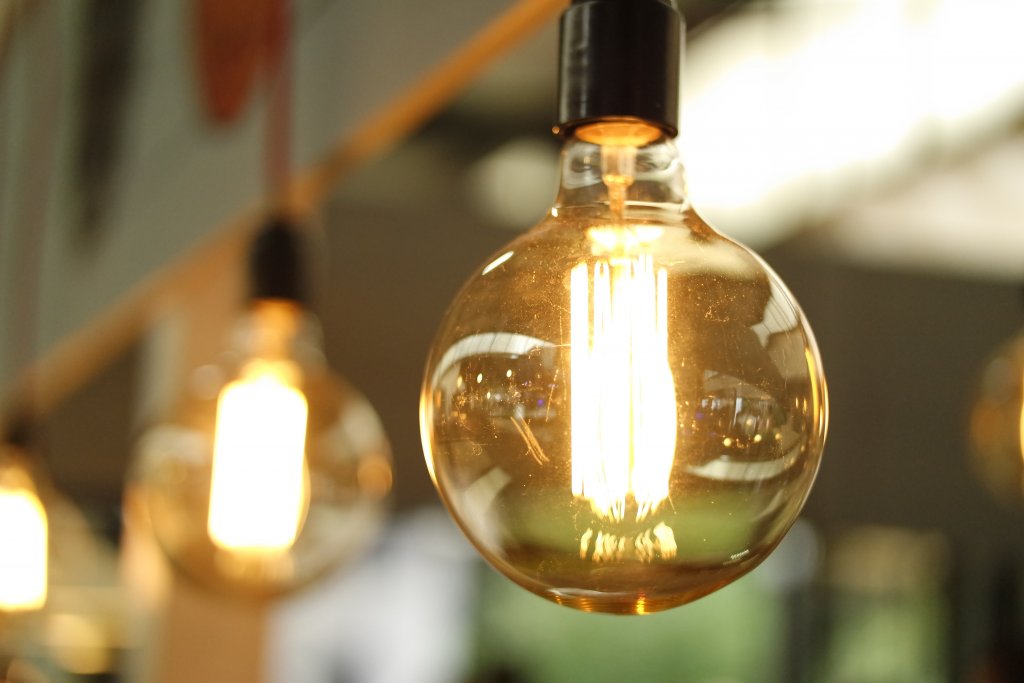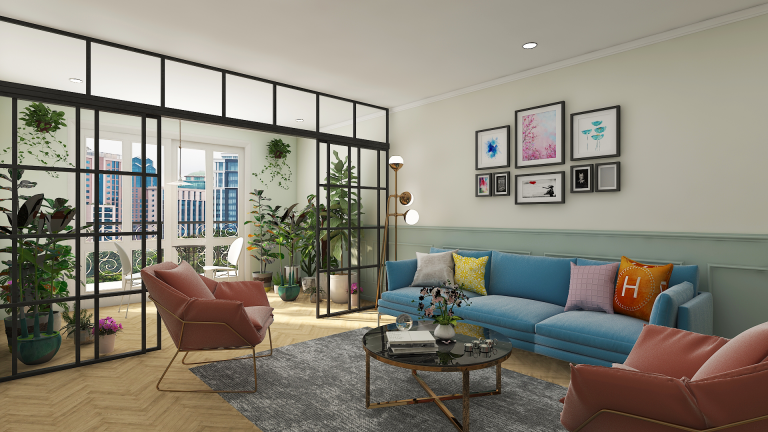Design is everywhere. If you’re not professionally involved within the sphere, it’d seem irrelevant or sometimes too complex. But in fact, the design is integral to the lifestyles of all of us. Our homes, clothes, vehicles, and even the future are designed. If the first things within the list aim to create our lives easier and comfier, the latter is additionally closely linked with the concept of. The goal is to meet our needs and, most importantly, the necessities of future generations.
What is Sustainable Design?
To get a better understanding as to why a sustainable design is significant, it is crucial to get somewhat philosophical.
seeks to eliminate negative environmental effects, in this way, thus, terms like design, eco-design, and environmentally conscious design can be reciprocally applied towards it. while designing and decorating your home can improve your. The vital objectives of sustainable design are:
- Minimize waste
- Create a solid healthy environment
- Reduce the utilization of non-assets
However, the thought of a is not synonymous with sustainable design. The core lies in making designs that address current issues but recognize and consider the outcomes people in the future may experience.
Sustainable design is worth exploring, as it is such an intricate and pertinent subject this year. This guide gives various for improving the environmental of your home.
Markers To Sastainable Interior Design
By following these principles, designers would responsibly reduce the negative of our society and build a better, more sustainable future.
1. Energy Efficient Design
Energy consumption is one of the significant contributors to environmental change. Buildings are responsible for a significant share of greenhouse gas, caused by energy consumption. Architects and can do a great deal to improve a building’s, predominantly by decreasing the measure of the energy required for heating, lighting, running appliances, etc., and by providing, non-carbon-based energy to the building.
Heating and lighting are the two major factors have influence over. Since most of the building’s heat escapes through windows, the installed windows must be of high quality and provide good insulation. Curtains and drapes should be such that they keep both cold air and the sun’s heat outside. By opening and shutting window coverings, blinds, or shades one can control the building’s temperature in an way. Carpets are excellent thermal insulators and can retain as much as 10% of a room’s heat.
Picking the right colors can help you save energy too, for example, lighter colors reflect more light, while rooms with darker walls and furnishing need more artificial lighting. Use reflective surfaces to increase the amount of light in a room hence, decreasing dependency on artificial lighting.
So-called ‘’green gadgets’’ or home automation, makes it possible to control heating and lighting systems remotely. The home automated lighting systems at home for example dimmers are perfect for areas like dining and where you want to regulate the lighting output and which can help residents and occupants save the building’s energy more economically and efficiently.
2. Waste Reduction Management
When it comes to waste reduction, have a lot of power in their hands and that is when they have to act responsibly for. The limited resources of the planet are valuable, hence the mentality of discarding products once out of style and replacing them with current trends is no longer justifiable.
Fortunately, the increasing awareness of the need for sustainable thinking is experiencing a growing interest, such as recycling, upcycling, and repurposing. Creative ways of using old-fashioned yet still functional objects instead of discarding them are the way to the new normal. Opting for that were made from recycled waste or can be renewed/recycled at the end of their life cycle could reduce the depletion of resources. With this approach, waste becomes the raw material for new products and a circular loop of manufacturing is formed, effectively minimizing or even eliminating waste.
3. Durability and Felixibility in Design
The lifespan of any material should be considered when are planning, to avoid the materials and products getting discarded. Specifically, in terms of those elements that experience a lot of wear and tear. The goal of designing should be and to create timeless spaces.
People grow and change, and they desire their surrounding spaces to grow with them and reflect those changes. should consider the flexibility of spaces —adaptiveness to the changing needs of people who are using them. The keys to longevity are to design flexible spaces. Achieve timelessness and choose quality over quantity, classics over trendy, and simplicity/over embellishments.
Innovation adds in a lot of options to flexible design: walls that can be modified, adjustable and modular furniture to fit the needs of a modern workplace (work from home being the new normal), modular flooring that allows personalization, and so on. Invest in elements that are sturdy, durable, and easy to clean or replace would mean saving money, and a lot less renovation would be required along with being easy to maintain as an added benefit.
4. Reducing Environmental Impact
Materials and products with the lowest are the most important pick from a point of view. Responsible treatment of mustn’t be forgotten when it comes to (e.g. wood, wool, natural stone) which seem to be an obvious choice. For a conscious living, choose materials (such as bamboo), which are extracted responsibly too.
The evaluation of the materials and products throughout their life cycle must happen at all levels — from extraction, production, transportation, and processing, all the way to how they are discarded after use.
5. Health Eco-system Design
Now in pandemic times, people spend most of their time indoors. Several factors govern when it comes to designing healthy interiors, such as the quality of the air, heating, ventilation, lighting, and acoustics.
Products and materials with high levels of toxic are the root cause of indoor air pollution. For example, furniture or equipment treated with release dangerous toxins in the air. Designers should be responsible while choosing materials. Materials with low of VOC and other air pollutants are more favorable when it comes to.
Plants are a great source when it comes to the proper circulation of air to keep it fresh and it also acts as natural air filters, and — contrary to common beliefs — so do carpets. Surprisingly, carpets improve air quality by trapping the dust particles, germs, and allergens from the air and holding them until vacuumed. Carpets are also excellent sound insulators; which help in reducing noise by absorbing sound vibrations, which is great for the of the building occupants.
Seel also – How to Design Your Virtual Office During Pandemic?
Pandemic has made work from home mandatory for many people across the globe. Furthermore, interior trends would go around keeping the occupants the ‘feel of outside inside’! Since exposure to is another beneficial aspect for both physical and psychological health, this would become necessary especially for homes and other work-related areas in the house, as reduces stress and increases productivity. In fact, being surrounded by elements from nature has a calming effect in general. The main focus of Biophilic design is to include natural elements into our buildings and interiors to restore the connection between humans and nature.
See also – Create Home Office Design To Increase Productivity
Creating Eco-friendly Green Building
1. Choose Eco-friendly Materials (Furniture, Flooring & Rugs)
It’s important to understand that doesn’t necessarily reflect products from our homes, like the installation of solar panels, conserving water, or reducing electricity usage. These do play a vital role in ensuring a sustainable lifestyle, but other decor elements play a substantial role like what material you use for your furnishings, floor coverings, and other architectural design that would help you create a healthier environment. Let’s look at some of these design elements that use these materials:
Reclaimed Wood - Barn Wood or Weathered Wood
Cutting down living trees for making wooden furniture is not a sustainable choice. However, recycles old material, giving it new life. Refurbish your interiors today with. Homes with a rustic look can have barn wood mantels, rocking chairs, and coffee tables, and also as flooring solutions.
Bamboo
A versatile grass with a high strength-to-weight ratio, grown tropically and a lot like wood, but a much more sustainable option. Bamboo is considered grass than a tree. Also, one of the fastest-growing plants and a great resource in the world. From an ecological standpoint, bamboo requires no or fewer fertilizers or pesticides for growth.
Recycled Metal
Scrap or recycled metal not only reduces pollution and saves energy but also its sheen effectively creates sustainable industrial design aesthetics for your home. Furniture with recycled metal and plastics requires less processing and fewer resources than furnishings made with non-material. Additionally, metal can be repeatedly recycled without degrading its properties.
Bio-Glass
This biodegradable green alternative is a great option for making décor items from bathroom sinks to and flooring. This material is made entirely from recycled glass, which is heated and compressed to create solid-surfacing slabs.
See also – Bathtub Dimensions
Cork
Unlike the soft compressible impression this material shows, cork floors are actually made to feel like hardwood. Extracting cork doesn’t harm the trees and is a sustainable option as only the bark is harvested. Plus, cork is highly reusable and sturdy when it comes to floorings.
Recyled Plastic
Recycled plastic has a lot of opportunities when it comes to. Rugs for Indoor and outdoor can be made from recycled plastic, giving a new life to this non-biodegradable material. Polyethylene is heavy and dense and can be converted to furniture which is sturdy and durable. The color being, solid throughout the material makes it highly fade-resistant. Other forms of plastic like PET are used to create bottles and even yarn that can be woven in the clothing industry.
Jute Fibres
An affordable natural fiber that can add an earthy tone/feel to the room in many different ways. This coarse material grows quickly and is thus rapidly. They are a great option when it comes to creating an with woven rugs that are not only durable but aesthetically pleasing too. is a good heat insulator, so rugs made from this fiber are also economical.
2. Pick Environmentally Conscious Finishes
Well, did you know that the paint or varnish that we add for a little sheen to raw material plays a role in, too? Elements in a lot of paints have VOC that evaporates at room temperature and can last for several weeks, according to Green America. VOCs can cause serious health issues for the occupants as they can pollute the indoor and outdoor air, too. Many finishes also contain biocides, fungicides, and pigments that can harm the environment. To reduce your ecological footprint, these earth-friendly finishes could come in handy:
- Non-toxic paint
- Finishes with
- Low-biocide paints
- Milk paint
- Water-based paint, stains, and sealants
- Latex paint
3. Evaluate Sustainable Lighting Options
The mood of a space is ruled by not just the furniture but all the aspects of the house including the lighting. As an, you can strategically and tastefully add to the light sources in your home.
LED hold a brght future for our planet and more and more and planners are shifting towards it. According to, agencies LED to use at least 75% less energy than incandescent bulbs, and last 25 times longer. You can now shift to LED models that consume less energy than conventional. Installation of LED bulbs into pendant lights and lamps is a far more attractive and pocket-friendly option too.
Examine Your Light Fixtures for Heat Loss
You might be thinking that your home’s doorways and windows most likely are the biggest sources of heat loss, but they aren’t the only ones. In fact, recessed ceiling lights can also allow heat to escape through the loft and outside. Periodical inspection of lights around your home to add extra insulation around the fixtures and to retain heat. ‘Green’ are and help save money too.
Natural Light Source - Sun
Like it a little dim or as a passive light source or fully bright, you can adjust your curtain according to your choice. You could completely pull back the curtains or simply opt for lightweight and sheer cotton options, and can easily use the sun as your lighting source. About 10-12 hours of light is what you see each day. Capitalize on these opportune moments to save electricity and get your daily dose of Vit D.
4. Other Green Home Solutions
You can now incorporate design into almost every corner of your homes strategically and efficiently. Not just helping the planet by using sustainable and recycled material and efficient lighting, you can also cash in on beautiful design opportunities too. Greener alternatives in technology along with simple and inexpensive
See also – 10 Best Tips to Make Your Home Eco Friendly
Use Biofuel for Fireplaces
It might be comforting to have a fireplace that keeps you warm during cold autumn and winter months but when it comes to maintaining a fireplace it might seem a headache as a poorly maintained fireplace can let the warm air escape and the cold air get indoors. Relying on a green source of fuel for your fireplace is a modern option for cozy comforting indoors.
Antiques - Recyle and Revamp
Antique furnishings are a great way to in your house. Whether you have inherited antiques or are a collector, it is any day a great sustainable option. In a way you are giving new life to vintage items for years to come, may it be tables, mirrors or furniture sets, etc. Antiques tend to bring a traditional and rustic vibe to your home and also adds an attractive upgrade too. Shop for old, vintage furniture instead of purchasing new furniture from the store, and give these pieces a practical and aesthetically pleasing makeover for a long-lasting affair.
5. Style Your Interiors The Eco Friendly Way
If you are an eco-conscious designer, here are some of the design aesthetics that offer environmental benefits along with great-looking interiors:
Green Country Look
Rustic spaces generally consist of Mostly an old traditional country look having flooring, adds on to the beauty of these spaces. These spaces are re-created from stuff from antique stores or flea markets instead of buying it brand new from the store. This helps in contributing to a green planet too. By retaining old items, one can avoid the harmful manufacturing process for making a new one. Make your home one-of-a-kind with a wide range of items for your rustic home.
Minimal Interiors
Following the principles of ‘Less is More’ one can create interiors that are ergonomic and mindful along with being more sustainable. Minimalism is a method for decluttering, organizing, and simplifying, and having fewer things which means less manufacturing which in turn minimizes the negative impact on the environment. Scandinavian design is known for its approach and focuses on the rawness of earthy. This décor style adheres to the bare-essentials mindset by limiting the no. of items in your house that use non-resources. For example, the use of like, linen, and hemp, etc. for bedsheets and other along with using a small area rug made of fibers can eliminate processed usage. Additionally, using fireplaces with bio-fuels instead of electricity-based heating gadgets in chilly winter times could be a great natural source too.
Design Your Dream Spaces With Foyr NEO
The creation of a requires attention to detail and knowledge of green practices. Understanding what it means to be “green” is just the first step in reducing the of your home. Not only is this a positive step in helping the planet, but improving green homes can also save you energy costs and repairs in years to come.
Whether you’re an architect or designer looking to create more sustainable buildings, or you’re just interested in the various ways to “greenify” your space, we’re here for you! With Foyr Neo, make the process even easier – and to get even more inspiration – check out Neo, our lightning-fast interior design software. This tool comes with a massive catalog of world-class design pre-sets that can inspire designs for spaces of all shapes and sizes. You can browse through the collections, filtering by different styles and themes, to find one that works for you!
We help architects and who are the creators of the spaces we live in and go through sustainable and biophilic approaches — to help take care of the environment, and simultaneously, ourselves.
To take that lead, knowledge about sustainable design, and market trends is crucial. We believe we have the knowledge and can help you create your next dream space.
For these inspirations (and more!), sign up for a free 14-day trial of Neo today. No strings attached!!














